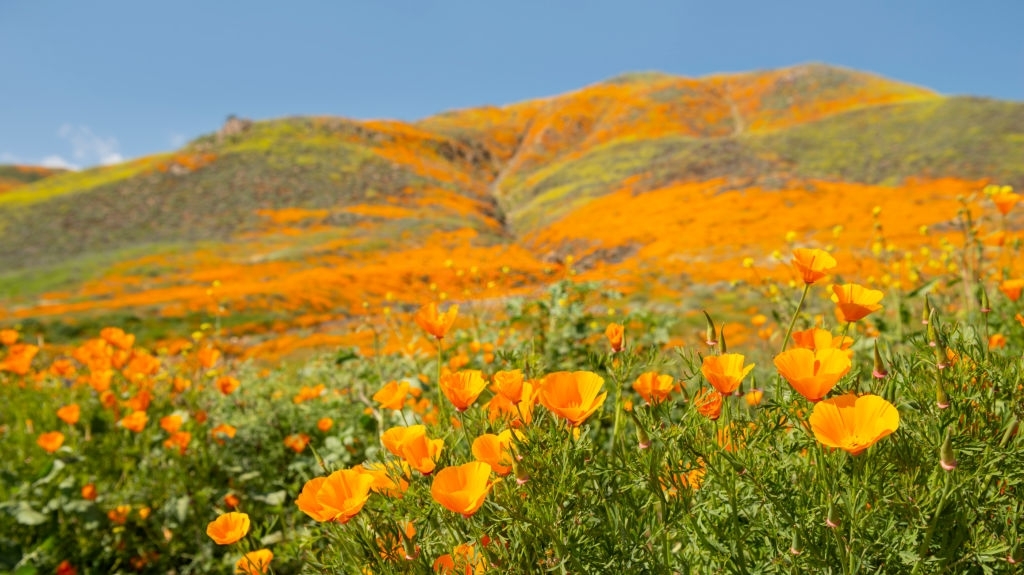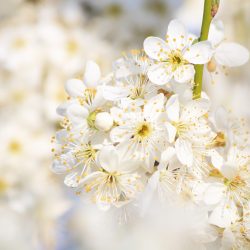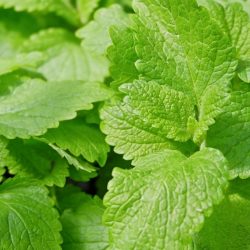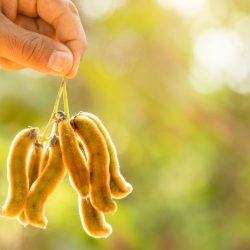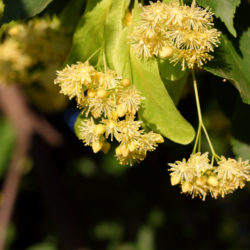Also known as California poppy , eschscholtzia was traditionally used by Native Americans for the medicinal use of the latex of the plant as a pain reliever in toothache. They also used it to treat headaches, colic or to help children fall asleep.
A little history
The name of the plant was chosen in 1820 by the German Romantic poet and explorer Von Chamisso , in honor of his German-Batle botanist and naturalist friend of Russian nationality Johann Friedrich von Eschscholtz , one of the first scientists to study the Pacific, especially Alaska and California.
During the scientific expedition, led by Otto von Kotzebue and carried out at the beginning of the 19th century around the world, Von Eschscholtz then discovered the vast expanses of Western California, covered with this curious “orange poppy”, which has since become the emblem. from the 31st state of the United States of America.
Unlike the opium poppy ( Papaver somniferum ), another papaveracea that is unnecessary to present, the use of eschscholtzia is neither addictive nor addictive , however, its pharmacological properties have many similarities to opium .
What are the main pharmacological properties of the flowering aerial parts of Eschscholtzia?
Sedative and hypnotic property:
The sedative action is due in particular to protopine and californine . Preparations based on Eschscholtzia would notably decrease the duration of the onset of sleep and thus improve its quality.
In vivo , studies show hypnotic activity with prolonged sleep time as well as a reduction in dose-dependent spontaneous locomotor activity. Pharmacological studies have also compared the extract of eschscholtzia to that of a reference product, chlorazepate . This research has demonstrated a sedative and sleep-inducing effect in a dose-dependent manner, through a gabaergic-type action.
The sedative effect of eschscholtzia is also related to the modulation of the level of catecholamines. The plant inhibits DOPA decarboxylase, dopamine β-hydroxylase, as well as type B monoamine oxidase, thus preventing the conversion of dopamine to norepinephrine. It indeed decreases the synthesis of adrenaline.
Property on brain activity:
Besides the action on catecholamines, eschscholtzia alkaloids such as protopine act on serotonin by binding to serotonergic 5-HT receptors.
In addition, the benzylisoquinoleic alkaloids ( reticulin ) of the plant inhibit acetylcholinesterase and butyrylcholinesterase, which opens the door to a possible cognitive action of the plant.
A 2017 study showed that E. californica contains lipoxygenase, an enzymatic protein involved in the degradation of lipids, the degradation of growth and development, senescence as well as defense reactions .
Anxiolytic property:
This action is also due to certain alkaloids, such as protopine , which increase the binding of gamma-aminobutyric acid (GABA) to GABA receptors. Other alkaloids ( protopine, cryptopine and allocryptopine ) therefore increase the binding of GABA to synaptic membranes in the cerebral cortex.
Some constituents of eschscholtzia work by binding to benzodiazepine receptors, with a dose-dependent effect. A study carried out on 264 patients suffering from generalized anxiety of weak to moderate intensity thus confirmed the anxiolytic activity of the plant .
Analgesic property:
Eschscholtzia modulates the activity or half-life of enkephalins by modifying their dimerization or oxidation. This action on encephalins as well as the anticholinergic and antispasmodic activity of protopine explain the calming and analgesic effect of the plant, and justify its traditional use as an analgesic .
Spasmolytic property:
In vitro , protopine and californine from eschscholtzia exert in particular a spasmolytic activity on intestinal smooth muscles . The anticholinergic and antispasmodic properties of protopine have therefore been demonstrated on the ileum.
Are there any precautions for use with Eschscholtzia?
Contraindications:
- Eschscholtzia is contraindicated for people with allergies to plants of the Papaveraceae family.
- Except for very occasional use, avoid using the plant in the event of glaucoma, in relation to the presence of sanguinarine .
- Given the presence of alkaloids, the EMA does not recommend its use in pregnant or breastfeeding women, or in children and adolescents under 18 years of age.
Precautions for use:
- By its properties, this plant should be used with caution in individuals under MAOI or IRS, and antihypertensive treatment. Take medical advice before joint use.
- As with any use of a sedative plant, caution is advised when driving a car and using machines, especially at high doses.
Drugs interactions :
- Eschscholtzia extract and its major alkaloids ( protopine, escholtzine, allocryptopine, californidine ) exert a strong time-dependent inhibition of CYP3A4, CYP2C9 and CYP2C19, and a reversible inhibition of CYP2D6, indicating that the plant may potentially interact with drugs that use these metabolic pathways in the liver.
How to take Eschscholtzia and in what dosage?
Dry form:
- As a food supplement, in the form of a standardized extract of a fresh plant, a dry extract, a dry aqueous extract, a powder, in capsules or tablets.
Liquid form:
- Standardized fluid extract of fresh plant : 5 to 10 ml per day in a glass of water.
- Hydroalcoholic fluid extract : 15 to 30 drops per intake with water 1 to 2 times a day.
- Mother tincture : 100 to 150 drops per intake with water 1 to 2 times a day.
- Infusion : 5 g per cup of dried aerial parts, to let infuse for 15 minutes.
Eschscholtzia in masterly preparation of standardized extracts in liquid form (EPS)
In combination with valerian :
In sleep disorders, more particularly in the event of difficulty falling asleep and / or in a context of rumination, mental hyperidation, muscle tension or contractures, withdrawal from sleeping pills or anxiolytics (benzodiazepines), generalized daytime anxiety, somatic manifestations of anxiety.
In combination with passionflower :
For sleep disorders in a hyperactive and anxious subject.
In association with griffonia :
Against difficult falling asleep, especially in the event of a delayed phase, withdrawal from sleeping pills such as zopiclone or zolpidem.
In combination with St. John’s Wort :
In the fight against anxiodepressive states, with daytime anxiety and mental agitation.
In combination with hawthorn :
In the use of a basic treatment of sleep disorders of the neurotonic subject with cardiac erethism, hyperactivity of the sympathetic system.
Medical bibliographic sources and clinical trials :
- Bruneton J., Pharmacognosie. Phytochimie et plantes médicinales, Tec & Doc., 1999
- Hanus M. et al. Double-blind, randomised, placebo-controlled study to evaluate the efficacy and safety of a fixed combination containing two plant extracts (Crataegus oxyacantha and Eschscholtzia californica) and magnesium in mild-to-moderate anxiety disorders; Curr Med Res Opin., 2004
- Kardos et al., Enhancement of gamma-aminobutyric acid receptor blinding by protopine-type alkaloids, Arzneimittelforschung, 1986
- Kleber E. et al., Modulation of key reactions of the catecholamine metabolism by extracts from Eschscholtzia californica and Corydalis cava; Arzneimittelforschung, 1995
- Schäfer H.L. et al., Sedative action of extract combinations of Escholtzia californica ans Corydalis cava, Arzneimittelforschung, 1995
- Vincieri F.F. et al. An approach to the study of the biological activity of Eschscholtzia californica Cham, pharmacol Res Commun., 1988
- Hennebelle T. et al., Plantes sédatives : évaluation pharmacologique et clinique, Médecine du Sommeil, 2007
- Shaheen E. et al., Nutritional and herbal supplements for anxiety and anxiety-related disorders : systematic revew, Nutr J., 2010
- Rolland A. et al., Behavioural effects of the American traditional plant Eschscholzia californica : sedative and anxiolytic properties, Planta Med., 1999
- Kollarova R. et al., HPLC Analysis and Biochemical Characterization of LOX from Eschscholtzia californica Cham, Molecules, 2017
- Manda V.K. et al., Modulation of CYPs, P-gp, and PXR by Eschscholzia californica (California Poppy) and Its Alkaloids, Planta Med, 2016

